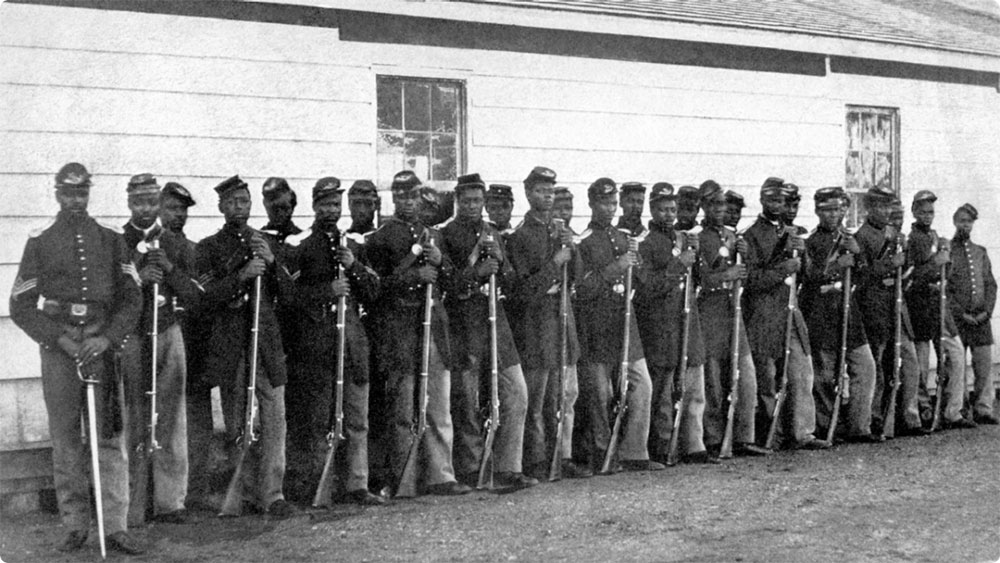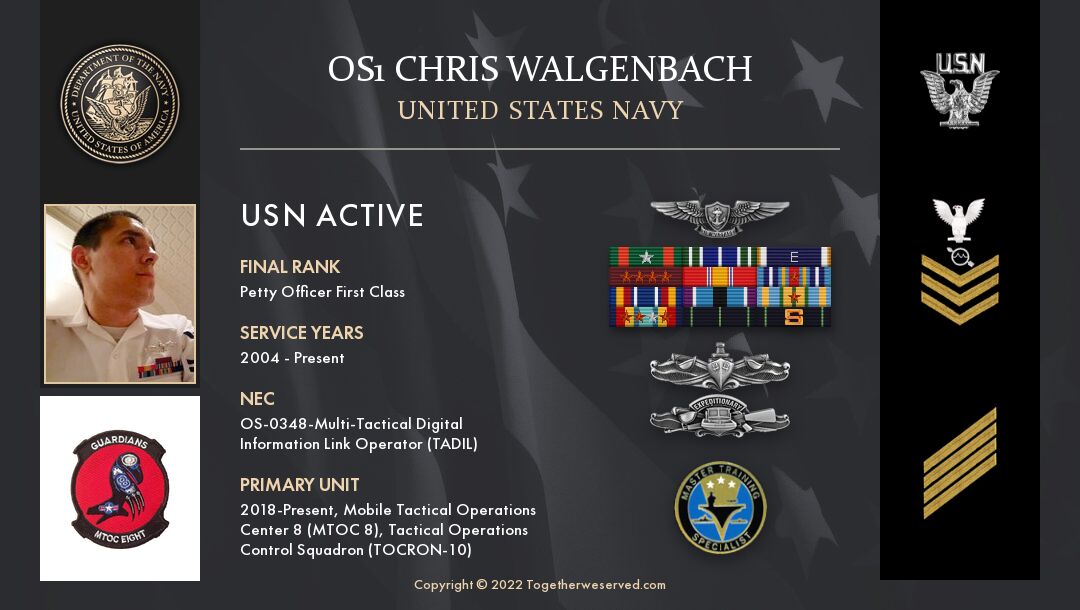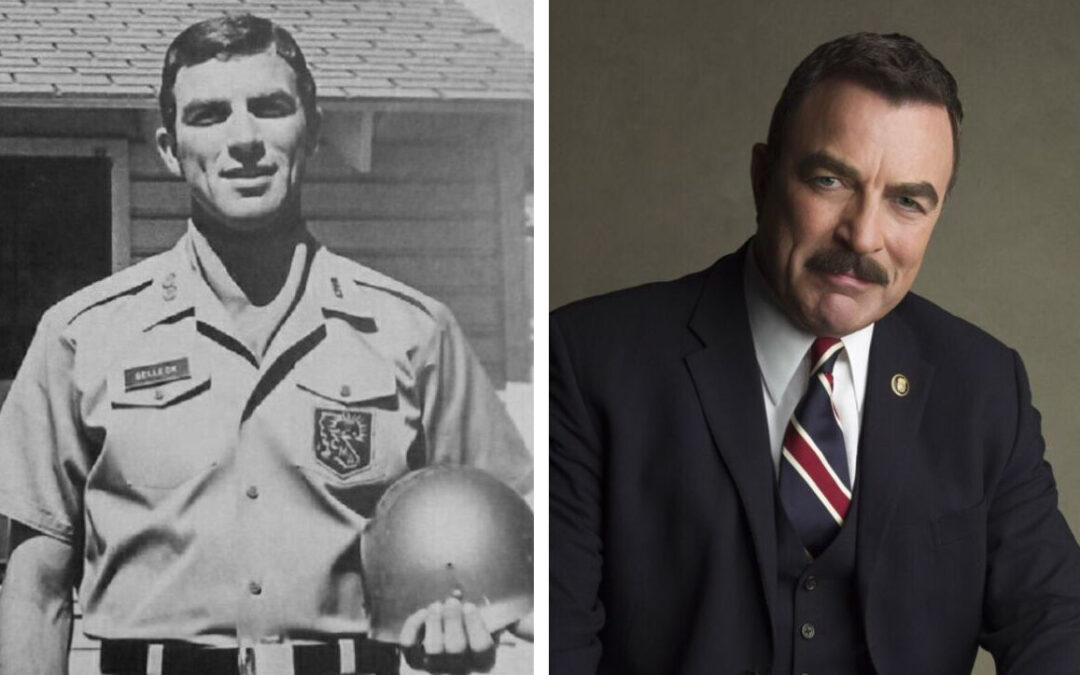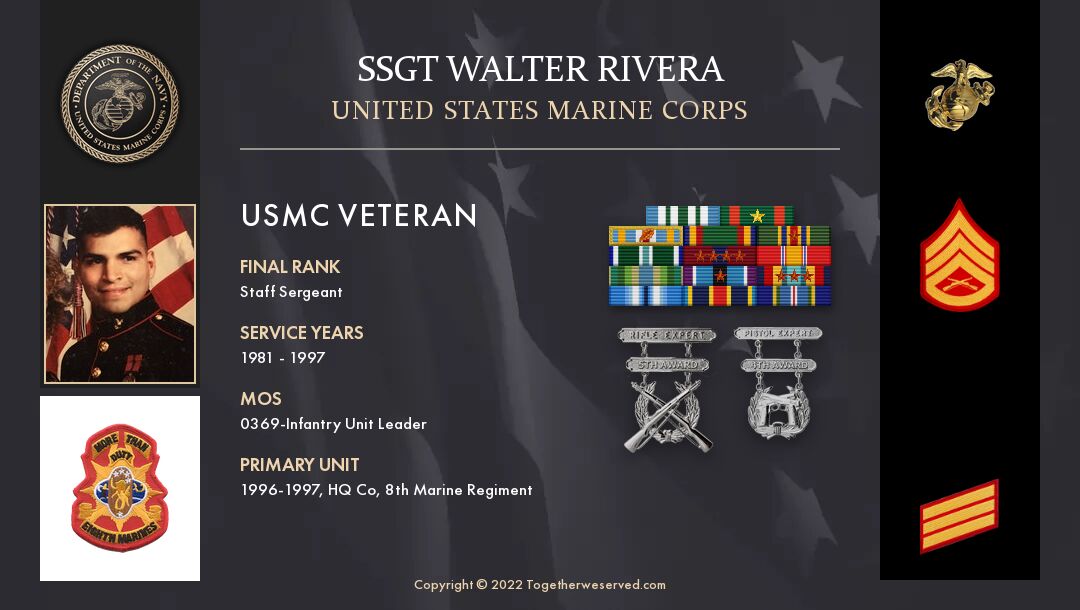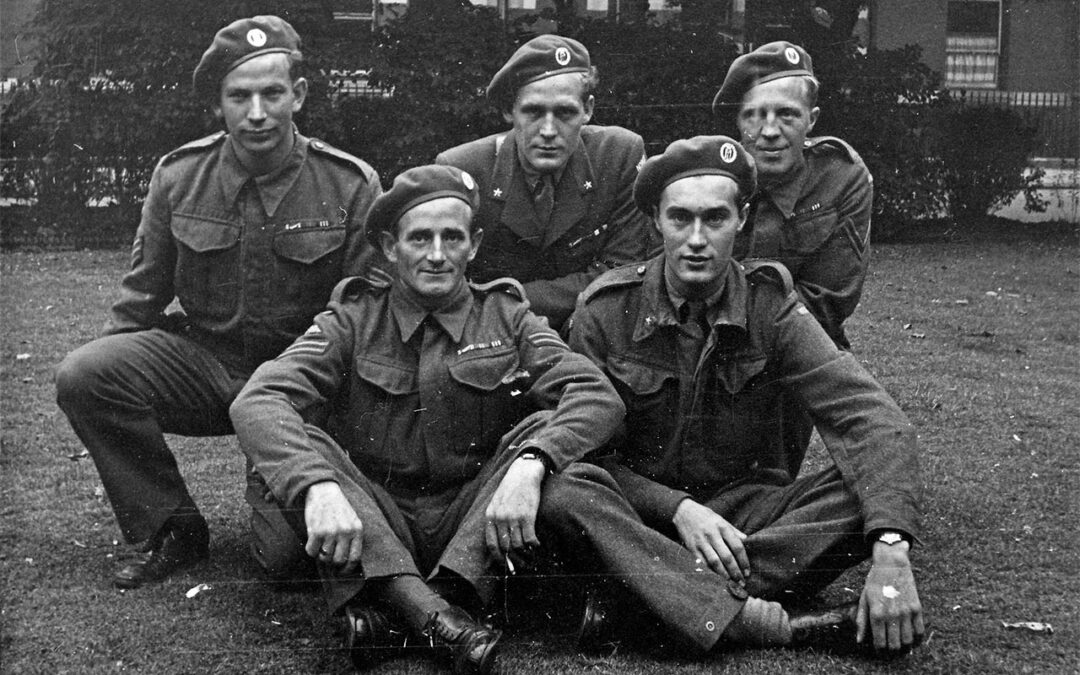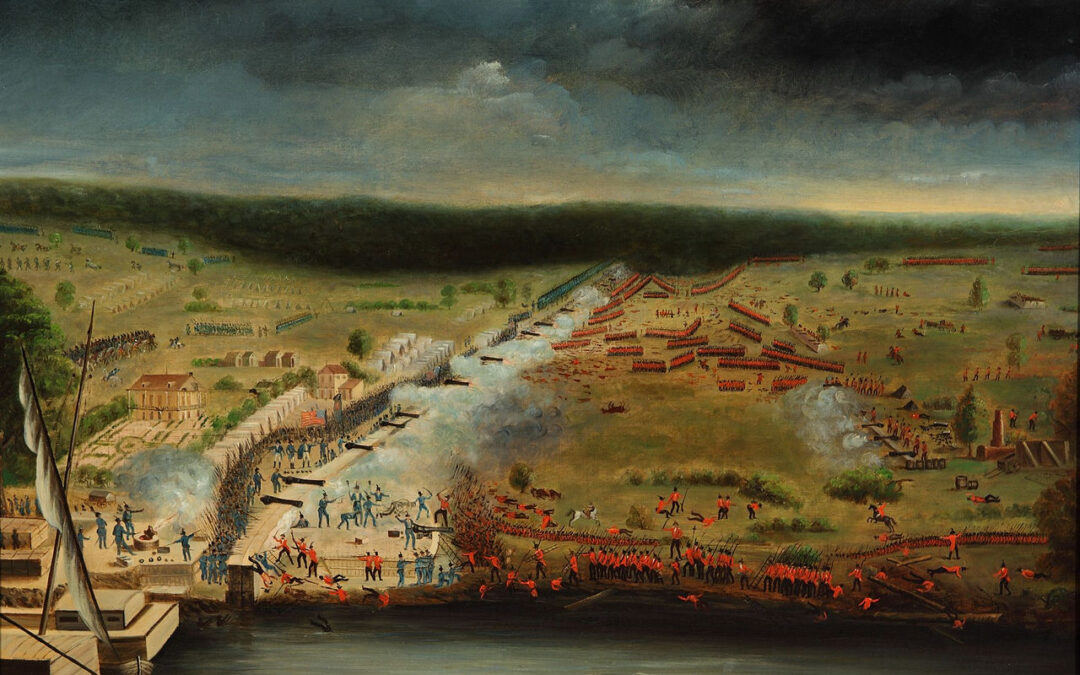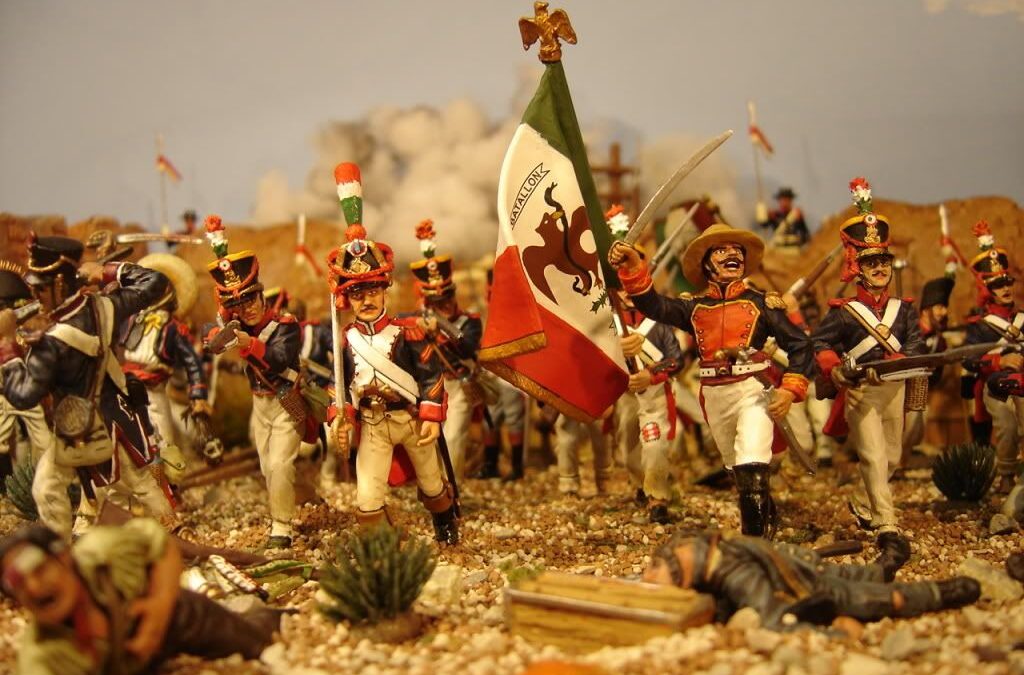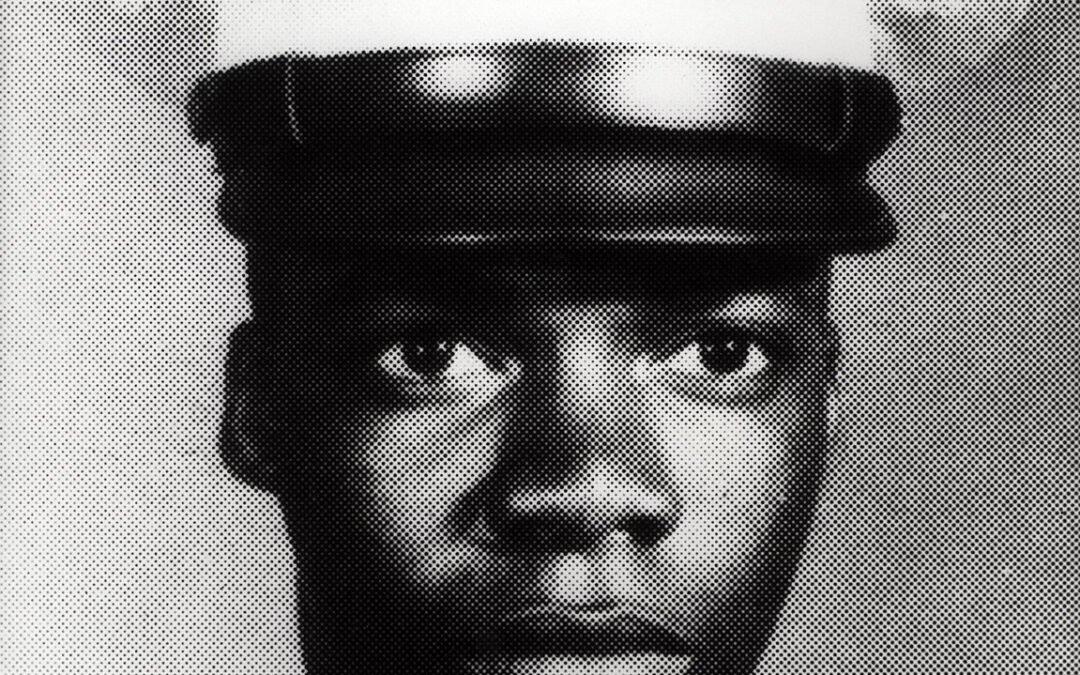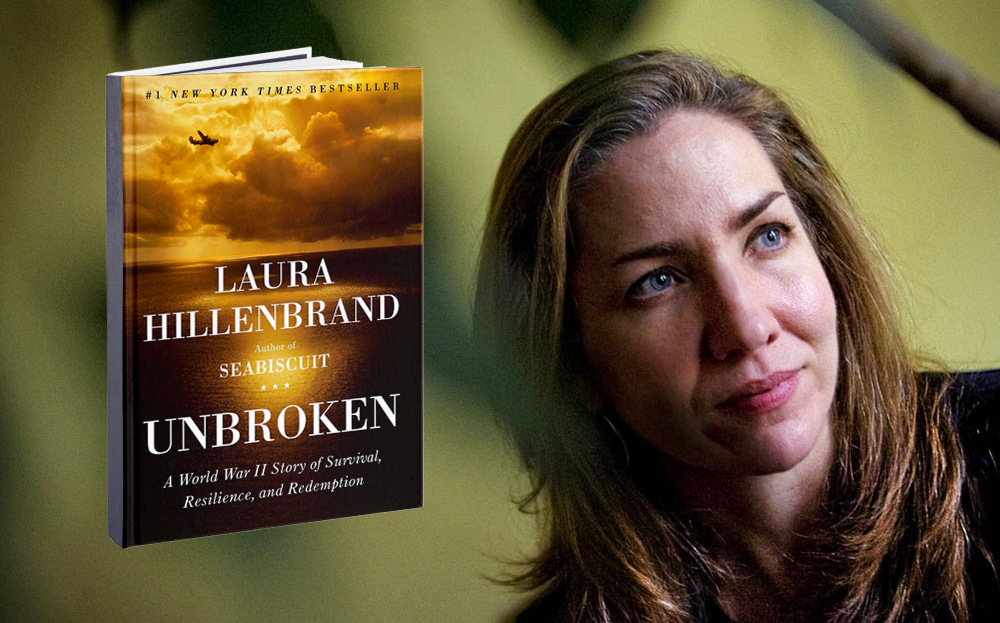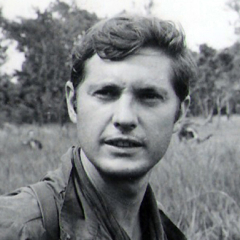The Continental Army was camped for the 1777-78 winter at Valley Forge, twenty miles from Philadelphia, the British-occupied American capital. At least a third of the eleven thousand men were without shoes, coats, and blankets to protect them from the constant rain. They suffered from exposure, typhus, dysentery, and pneumonia. Food was running out. Men were starving, dying, the desertion rate was escalating, and the States could not meet their enlistment quotas. Able-bodied men were simply...
